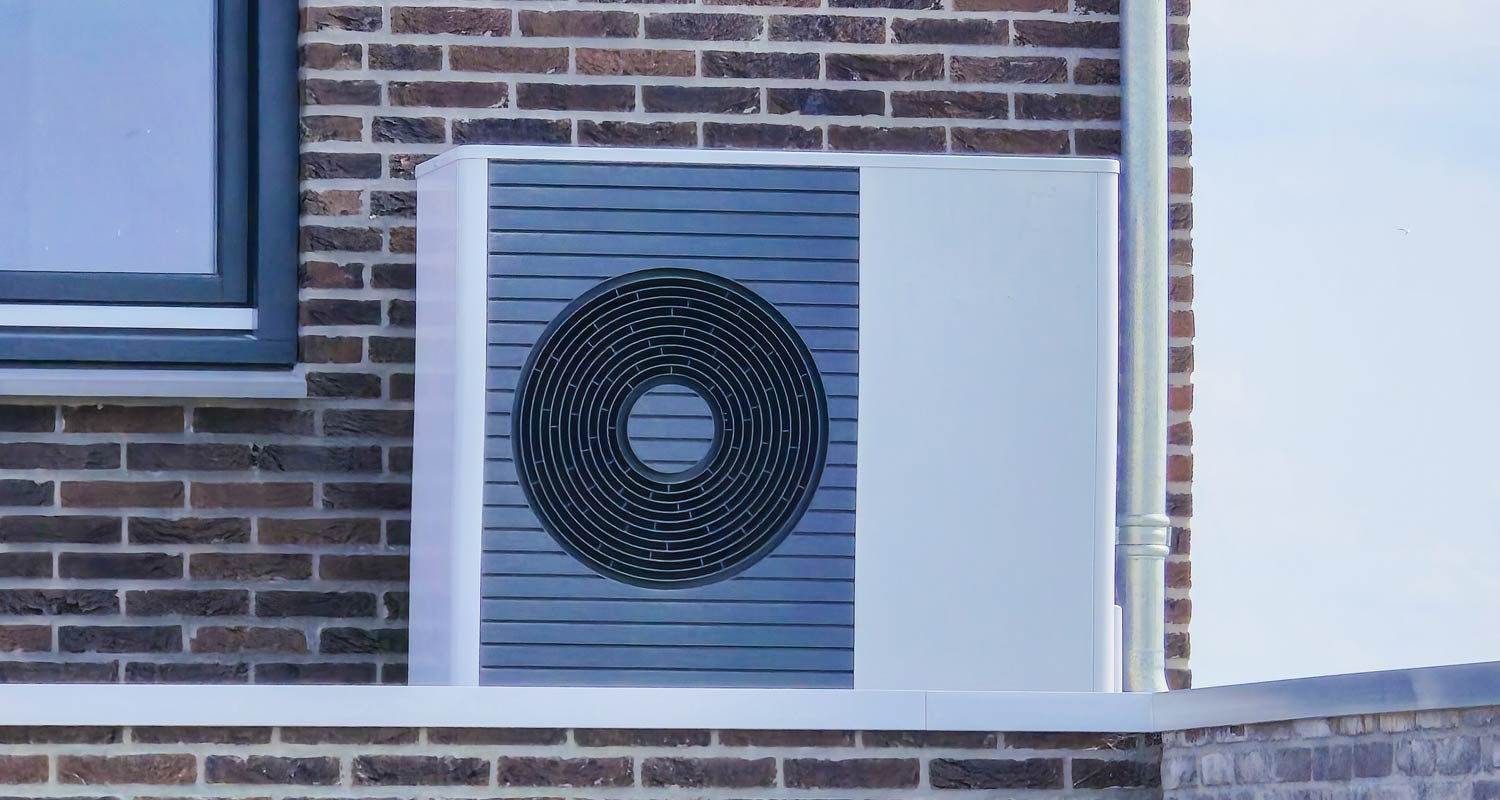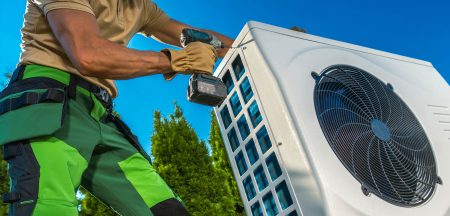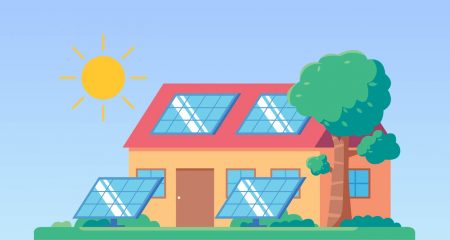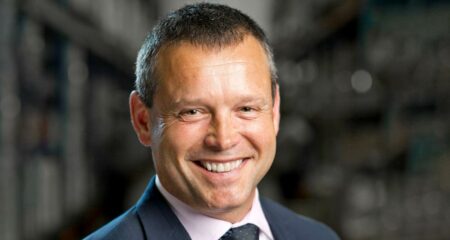 South Africa has marked 120 days – almost four months – without load shedding, meaning the country’s electricity generation is outstripping demand from households and businesses.
South Africa has marked 120 days – almost four months – without load shedding, meaning the country’s electricity generation is outstripping demand from households and businesses.
But a new problem has reared its head, leading local municipalities to implement planned outages during peak times that are not dissimilar to load shedding schedules.
This so-called “load reduction” is a grid constraint problem, where local infrastructure – such as cabling and transformers – can’t handle the load on the system. Since geysers are a major contributor to peak demand loads, more efficient heat pumps present an alternative that can reduce loads while ensuring households have hot water.
“Grids are failing because of all the geysers coming on at the same or similar times,” said Metrowatt CEO David Neale in an interview. “Load spikes are typically in the morning and early evening when hot water is needed for showers and other household uses. A typical geyser draws around 3kW of energy, and heat pumps only need about a quarter of that.”
“If everybody had heat pumps you would reduce spike loads and protect the grid,” Neale said.
In a geyser, an element is heated and the heat is then transferred to the surrounding water. A heat pump, on the other hand, works in the same way as a refrigerator or air conditioner by moving heat from one place to another.
In the case of a fridge, heat from inside the unit is moved into the outside world – that is why the back of a fridge is usually hot.
Reversed
This process is reversed in a heat pump, where heat from the outside world is transferred into a reservoir containing water.
Theoretically, the reservoir can be a mere container, but in practice a geyser is used because usually there is already one installed when the heat pump is put in. Also, the heating element inside the geyser acts a backup in the event of a fault with the heat pump.
Since heat pumps only redirect heat instead of generating it, they are more efficient the hotter the climate in which they operate, making them suitable for South Africa’s warm summers.
Read: South Africa defends 10% duty on solar panel imports
According to Neale, although heat pumps are a little less efficient in winter, they are still effective. Despite their efficiency benefits, however, heat pumps are struggling to gain traction in the local market. Neale said this is because they are relatively expensive and are not straightforward to install.
“It’s a hefty capital investment,” he said. “We see this with many products in South Africa, just as we do with solar: people don’t necessarily have the capital. There is also some engineering or build risk involved, and since heat pumps are new, few are willing to lose money getting it wrong.”
 Neale said South African regulators can play a meaningful role in incentivising the roll-out of heat pumps to households using a cash-back incentive, for example, but policy uncertainty makes it unlikely that they will. He cited national treasury’s backtracking on solar panel tax rebates as an example, where a 25% incentive was given to households in one year only for a 10% import duty to be slapped on importers the next year.
Neale said South African regulators can play a meaningful role in incentivising the roll-out of heat pumps to households using a cash-back incentive, for example, but policy uncertainty makes it unlikely that they will. He cited national treasury’s backtracking on solar panel tax rebates as an example, where a 25% incentive was given to households in one year only for a 10% import duty to be slapped on importers the next year.
Problems limiting heat pump adoption are not unique to South Africa.
“Further policy support and technical innovation are needed, in particular to reduce upfront purchase and installation costs, remove market barriers to complex renovations, improve energy performance and durability, and exploit the potential of heat pumps as an enabler of power system integration and flexibility,” said the International Energy Association (IEA) in its The Future of Heat Pumps report, published in December 2022.
Adoption rates are much higher in colder environments where home heating requirements are more onerous. The IEA said that in Europe, heat pumps enjoyed a record year in 2022, with sales growing nearly 40%. In particular, sales of air-to-water models, which are compatible with radiators and underfloor heating systems, jumped by almost 50%, it said.
Neale said that because the outside temperatures in some European countries are low, air-to-water systems are proving to be less effective there and geothermal solutions are gaining more traction as a result.
In South Africa, heat pumps are mostly used as geysers or to heat pools. Heat pump efficiency is measured in “coefficient of performance” (COP) ratings, with many in South Africa averaging around three and four, said Neale.
Efficiency
A COP value of 1 means that 100% of the electricity input is used to heat the water. Geysers are generally assumed to have a COP value of 1, but in reality losses in heat transfer mean the true value is usually slightly below that.
A COP value of 3 denotes 300% efficiency, in other words, the heat pump uses a third of the electricity used by a geyser to heat water to the same temperature. Put another way, the heat pump generates three times more energy in the form of heat as the electricity used to power it.
According to Neale, when used to heat swimming pools, heat pumps typically output six times the efficiency.
Read: South Africa to get its first fleet of electric buses
But using heat pumps does come with a few caveats. For one, Neale said, they require regular maintenance in the same way air conditioners do. The copper fins used as a heat exchange on the back of the unit must be kept clean and the gas needs to be checked and refilled.
Another important factor to note is that heat pumps are only efficient up to certain temperatures, and Neale advised owners of these devices to pay attention and ensure that they keep their usage within the optimal range to realise real savings. Typically, this is between 50ºC and 55ºC, he said. He estimated the average yearly maintenance to cost around R800.
 “I have seen some manufacturers claim their heat pumps are optimal at 60ºC or 65ºC, but I would not put much credence in those claims,” said Neale.
“I have seen some manufacturers claim their heat pumps are optimal at 60ºC or 65ºC, but I would not put much credence in those claims,” said Neale.
Most heat pumps sold today have a built-in smart management module that will manage how they function. If the heat pump is set to say, 55ºC, the heating element in the geyser will be used to get the water temperature up to 60ºC in the colder winter months when hotter water is more desirable.
Neale said heat pumps are most suited to large water reservoirs – as in a single large geyser or a system where two geysers are placed next to each other and they serve the entire household. Heat pumps make less financial sense if the geysers in a home are small and far from one another, or if little water is used.
“If you only use 4KWh/day on heating water, then the savings are marginal, but if you use, say, 20kWh/day, then a heat pump is a no-brainer: it will pay for itself in 18 months and last you 10 years or more.” — © 2024 NewsCentral Media




